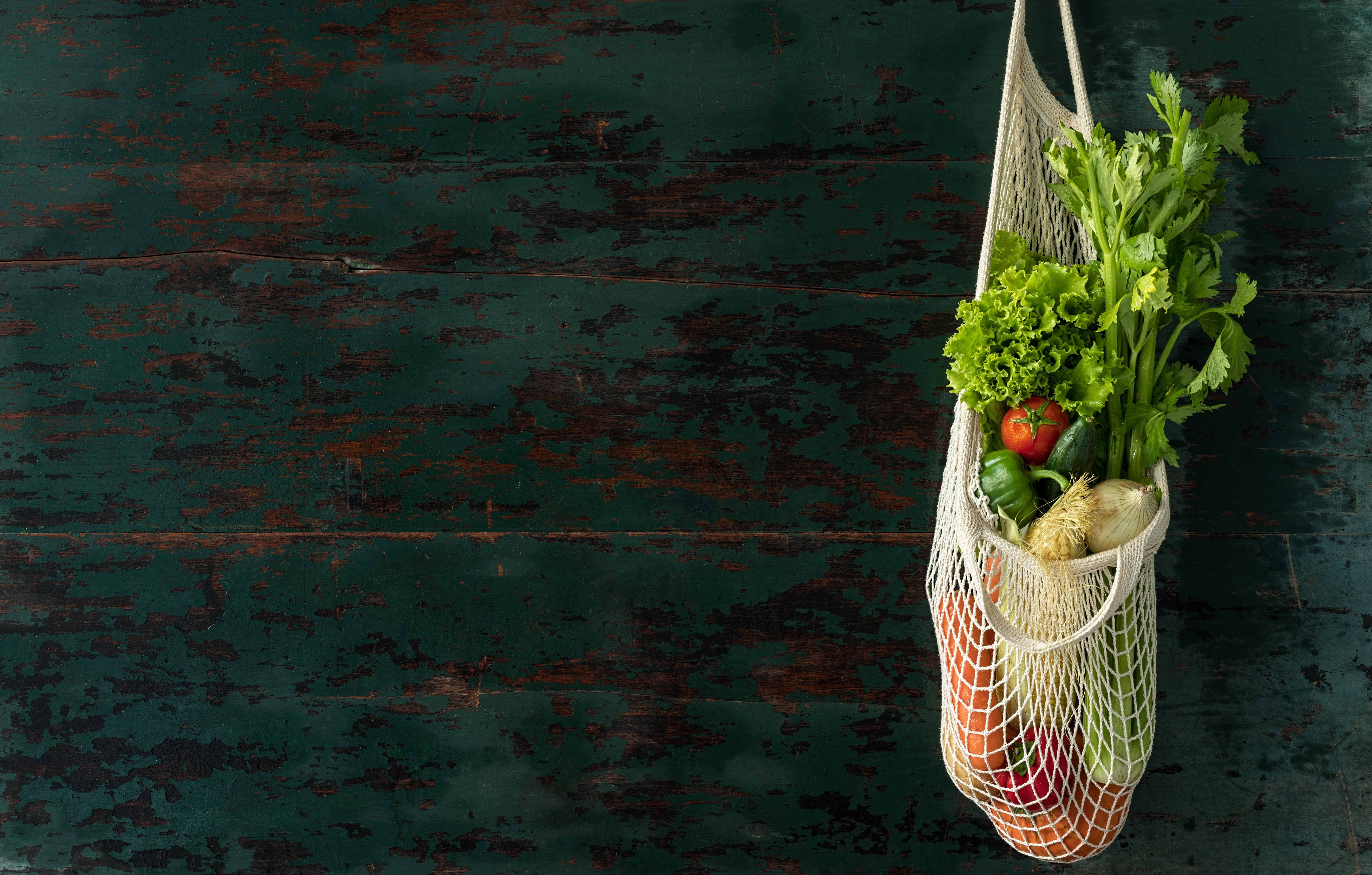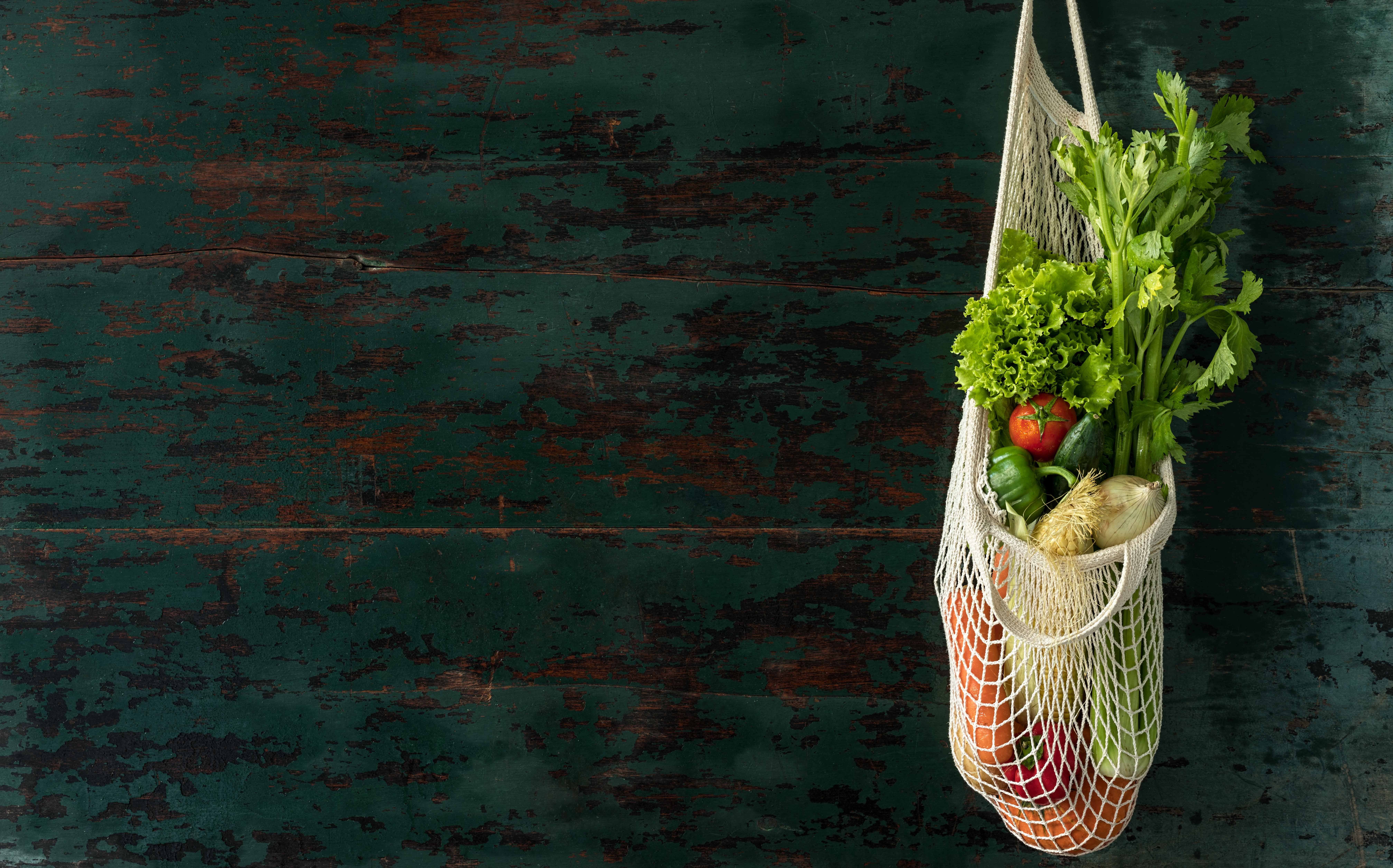Five tips for zero waste food shopping


Whether you’re already a confirmed zero waste convert or just starting your zero-waste journey there’s no denying that the way we shop for and store food has a tremendous impact on the environment. Single-use plastics, Styrofoam containers, and unnecessary packaging are still, unfortunately, common sights in Canadian grocery stores. Fortunately, there are many ways to combat extraneous food waste by making better choices for yourself and the environment. If reducing your carbon footprint and landfill contributions while grocery shopping and storing food are of interest the following suggestions are a great place to get started on your quest for a zero-waste future.
1. Find a swap-friendly group for zero-waste shoppers
Community swap boards are a fantastic resource if you’re interested in any and all aspects of the zero-waste movement. Instead of buying reusable shopping or produce bags, glass jars, compost buckets, or fermented starters for baking bread or making homemade kombucha you can trade for or buy these items without purchasing new materials. Look for zero-waste communities online, at your local library or on shared community bulletin boards.
2. Look into zero-waste grocery stores
Although zero-waste groceries are still somewhat of a novelty in many communities they’re slowly but surely making their presence known in urban areas across the country. From hand soap to veggie burgers to bulk baking supplies, these stores sell a wide variety of goods you can bring home in your own reusable containers. If there aren’t any zero-waste grocery stores in your area you can always check with delis, bulk stores, and even to-go restaurants and food trucks if they’re willing to package items in containers you bring from home.
3. Let go of plastic produce bags
Despite the fact that plastic produce bags inevitably end up at the landfill the majority of grocery stores still insist on providing them for customers. Reusable produce bags, especially those made from natural fibres, can be used over and over again without having to be replaced. Worried about storing fresh produce in the fridge without a plastic bag? Learn how to easily prolong the life of fresh produce using everyday household items.
4. Storing fresh produce without plastic
Fresh leafy greens such as lettuce, spinach, kale, and Swiss chard should be wrapped in a dry tea towel and stored in the crisper to protect against excess moisture. Mushrooms, radishes, small cucumbers, and baby carrots should be stored in lidded jars while fresh berries should be washed and stored in jars that have been covered with cheesecloth in place of a lid. Keep fresh parsley, basil, dill and cilantro in a glass jar with a small amount of water to prolong the life of these typically fragile herbs (change the water daily for best results.) Onions, garlic, sweet potatoes, yams, potatoes, and winter squash should be unrefrigerated and kept from direct light and heat sources.
5. Make friends with reusable beeswax wrap
Reusable beeswax wrap is yet another sustainable way to prolong the life of fresh produce. Made from beeswax and fabric (usually cotton), beeswax wraps can be reused for up to a year before they need to be replaced. Although beeswax wraps are ideal for storing almost any kind of food in the refrigerator, they’re particularly useful for keeping temperamental produce such as halved avocados, loose fresh herbs and fresh berries in their prime for extended amounts of time.
